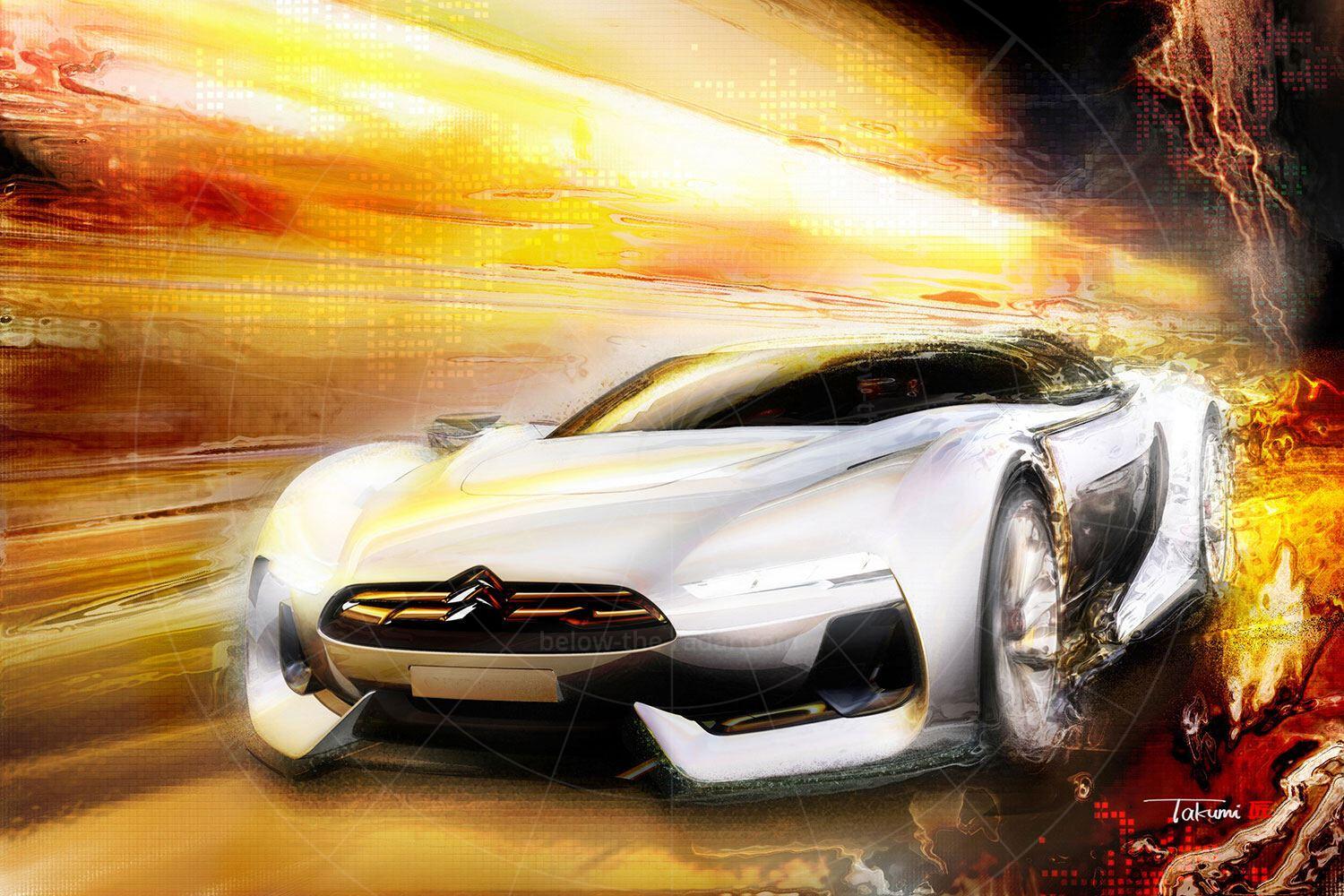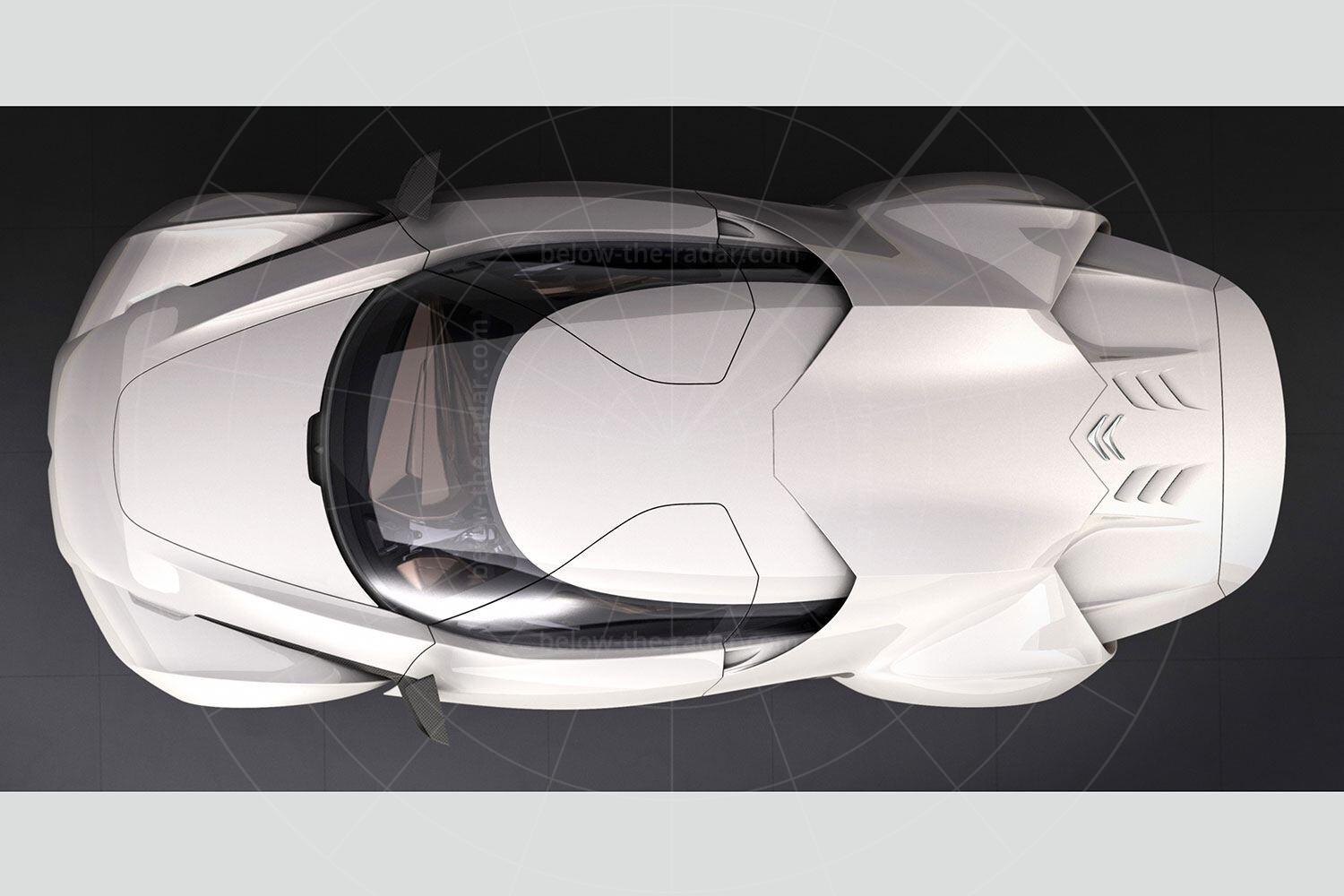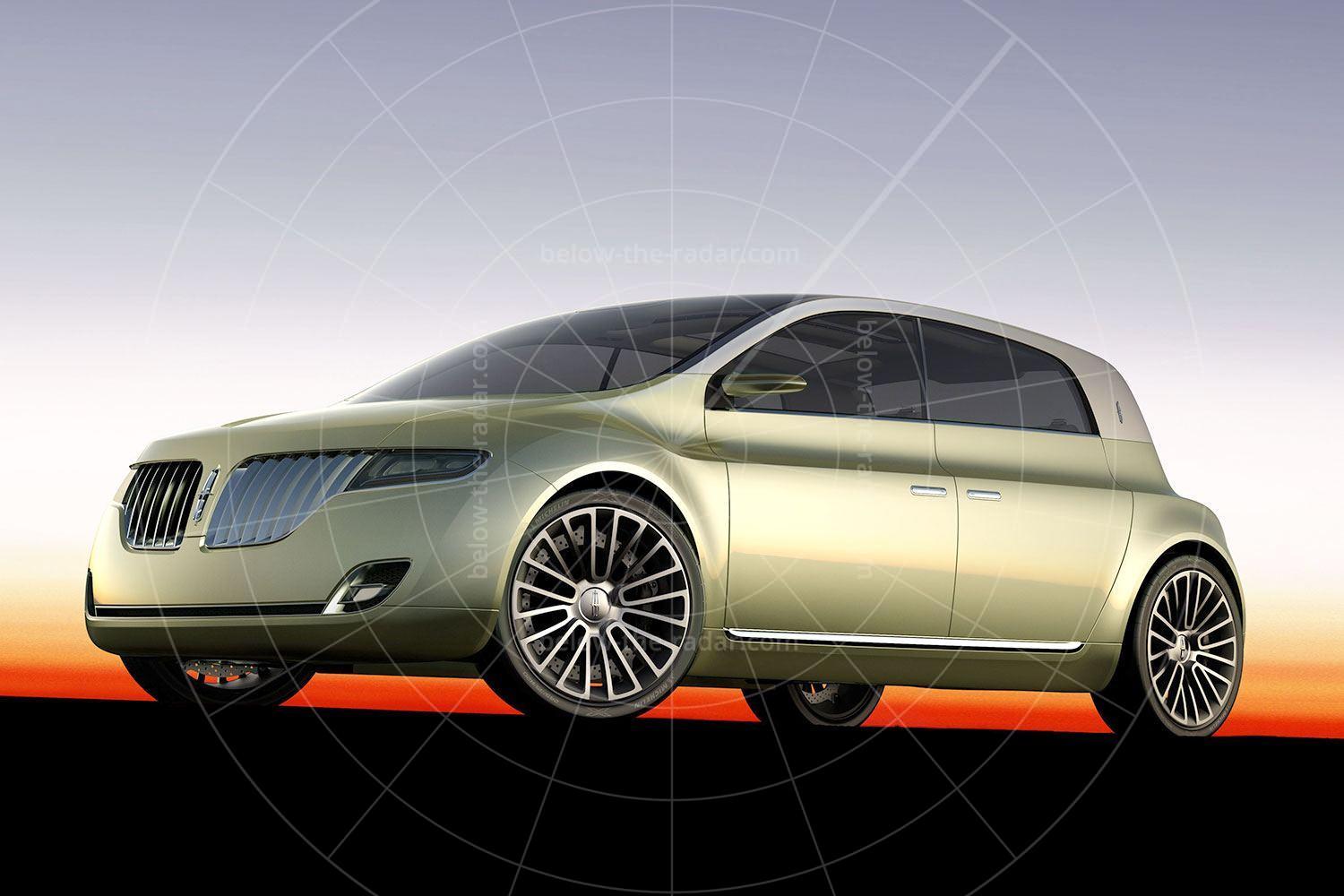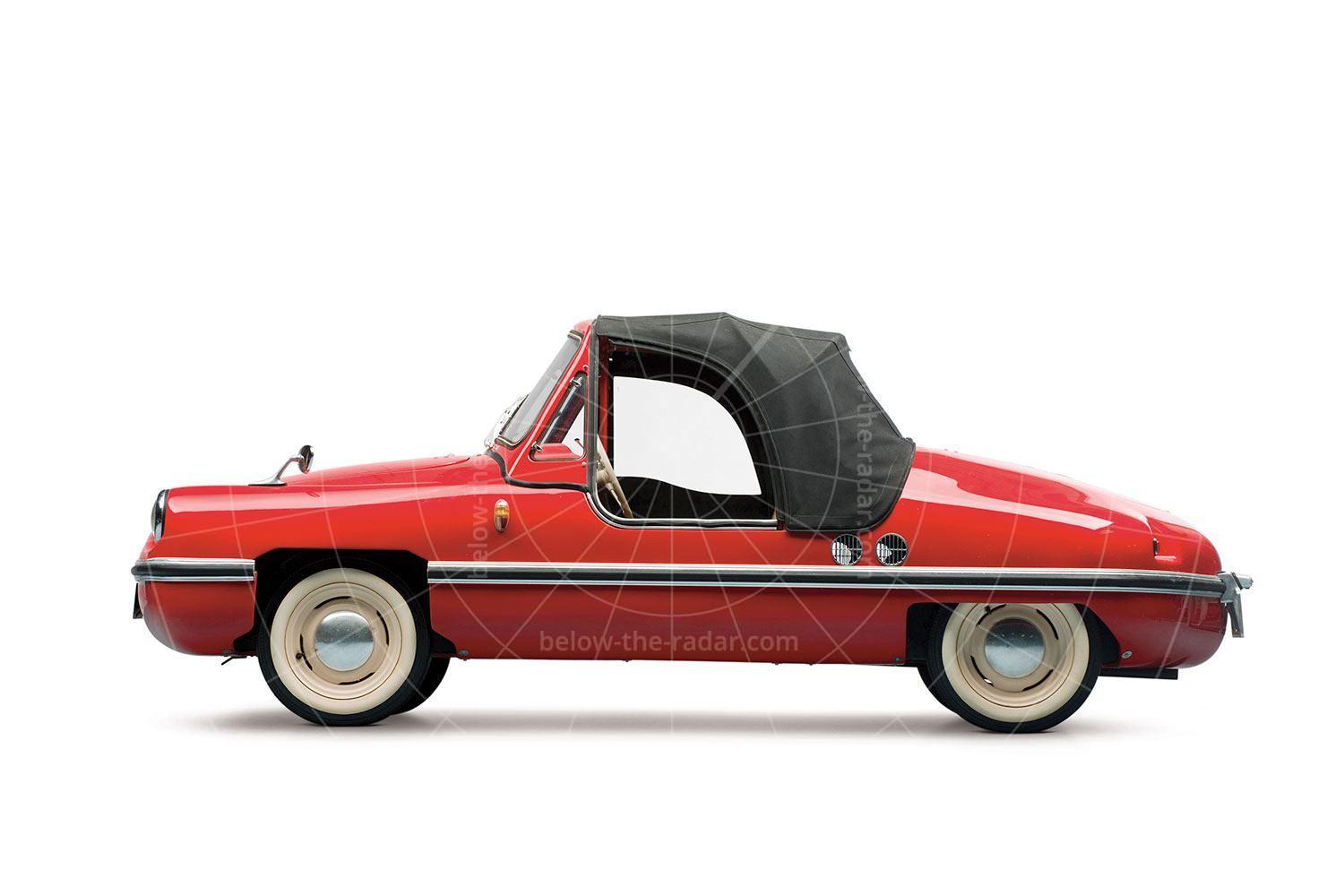There was a time when Citroen was renowned for its cutting-edge design, and its fearlessness at embracing new technologies. It was this approach which saw the brilliant Traction Avant launched in 1934, the sensational DS in 1955, and a string of innovative machines such as the 2CV, GS and CX as well. But Citroen has also gone bust twice, so being innovative isn’t always as financially rewarding as you might hope.
With its design and engineering watered down ever further, by the 1990s Citroen was producing cars which could have worn the badges of just about any conservative mainstream car maker; what it needed to do was rediscover its soul. It took until the arrival of the DS3 in 2009 for Citroen to prove that it was finally capable of producing distinctive production cars once again, even if it had built a string of great concepts along the way.
One of the most sensational – indeed by far the most outrageous – was the GT, officially known as the rather pretentious GTbyCitroen. Seemingly parachuted in from a parallel universe, the GT came about thanks to a partnership between Citroen and Polyphony, creators of the Gran Turismo driving game. The latter wanted something seriously special for its fifth edition of the iconic games franchise, and Citroen was happy to oblige with a car that borrowed nothing from its existing model line up, but it did prove that its design studios had plenty to offer when allowed off the leash.
As a result, despite a massive array of supercars already being on sale, Citroen was inundated with requests from potential buyers, demanding that the GT be put into production. Within less than a year of the GT concept being unveiled, Citroen then announced that it would be building a very limited number of road-going editions. Priced at well over a million euros apiece, just half a dozen would be made, with a carbonfibre construction and all the crazy exterior details still intact.
Naturally there would be no fuel cell though; power instead would come from a large V8 supplied by either Ford or GM, with power being transmitted by a paddle shift-activated manual gearbox. With at least 500bhp on tap and rear-wheel drive only, there would be plenty of thrills on offer, but despite Citroen’s assurance that the car would make limited production, things then went strangely quiet…
It has to be borne in mind that the GT started out as a virtual car only, designed solely for driving games. The reality hit later, but when the GT was unveiled in 2008, few details were revealed about the car’s powerplant or drivetrain. As a result, despite its extremely high-tech appearance, just about all of the GT’s technical details were assumed; with this car, Citroen’s focus was on the design, not the details of how the thing would work.
What Citroen did reveal was that the GT was powered by a fuel cell. Bearing in mind that production fuel cells were still reckoned to be several years away at this point, not least because of a lack of refuelling infrastructure, the GT clearly was the stuff of dreams. With a fuel cell generating electricity which then drives electric motors, the GT could have featured drive to the rear wheels only, or to all four. More likely though for such an enthusiast car would be something between the two; an adjustable set up that would have varied the amount of torque going to each corner depending on the grip available, or perhaps even a fully adjustable system, so the driver could set up the car’s dynamics to suit the occasion.
Because the GT’s powertrain was so far into the future, the fitment of a conventional internal combustion engine would have been necessary, but it needn’t have looked any less sensational or gone any less quickly. Indeed, with a 700bhp V8 mounted in the middle, the GT could easily have touched the 200mph that its amazing lines promised.
As if those lairy looks weren’t enough, Citroen attempted to make the GT look even more dynamic by painting the front white but the rear grey, with a continuous fade between the two, along the car’s length. Intriguingly, according to Citroen, the rear end was oversized, made exaggeratedly long “in order to create an effect of retinal persistence”. It’s that designer technobabble again.
What was much easier to understand were the 21-inch, diamond-effect, aluminium wheels, the car’s gullwing doors, over-sized rear end with adjustable spoiler, gaping air intakes and flat underside, all of which were taken straight from the race track.
Meanwhile, the high-tech interior featured a darker colour scheme with two padded racing seats finished in black leather and fitted with four-point harnesses. The dark leather, along with copper and steel touches inside the cabin and a low-slung driving position, created an opulent environment, while important on-board data was displayed via a red LED head-up display, allowing drivers to maintain focus on the track ahead.
| Vital statistics | |
|---|---|
| Debut | Paris 2008 |
| Designer | Takumi Yamamoto |
| Engine | Mid-mounted, hydrogen fuel cell |
| Transmission | Four electric motors, one at each wheel, to provide four-wheel drive |
| Power | 780bhp |
| Top speed | 200mph approx |
| 0-62mph | Under 5 seconds |

































